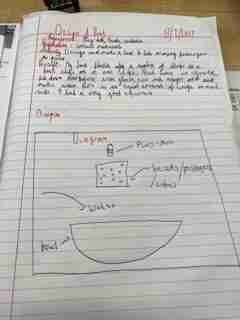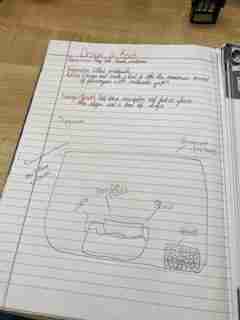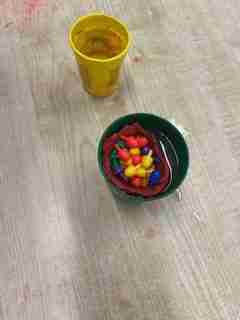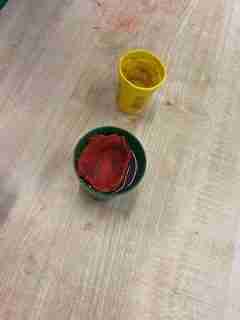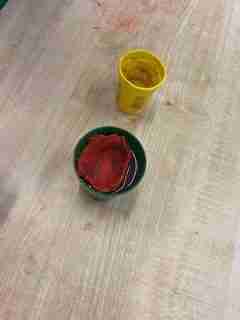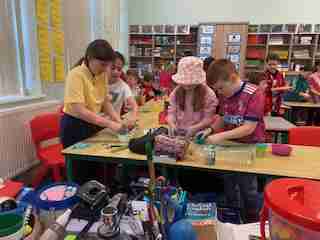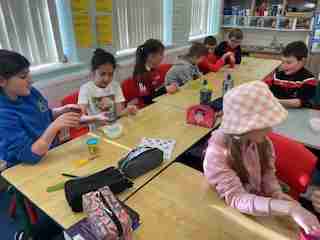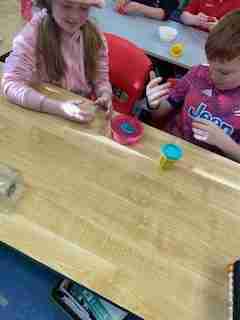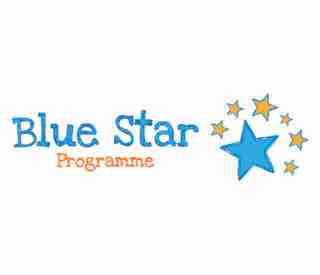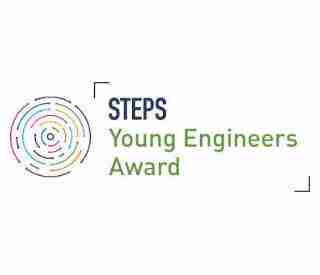Mrs Mallee and her fifth and sixth class pupils investigated the science of how nappies really work..
How everyday items work – The Nappy Experiment
Aim: To remove the polycrylate crystals from a nappy and test their absorbency.
Materials:
Nappy,
Plastic Bag,
Measuring Jug,
Water,
Scissors
Method:
1. Cut open the inside of your nappy with the scissors.
2. Scoop out the cotton wool and the polycrylate dust and put it in your plastic bag.
3. Shake the bag and use your fingers to fully separate the cotton wool from the polycrylate.
4. Mix water with the dust and stir for 1 minute, observing what happens.
5. Continue to add more water and again observe.
Results: After about one minute the dust changed to a gel and expanded. The more water that was added, the more it expanded.
Conclusion: Polycrylate has excellent absorbency properties and is a very appropriate material for a nappy.
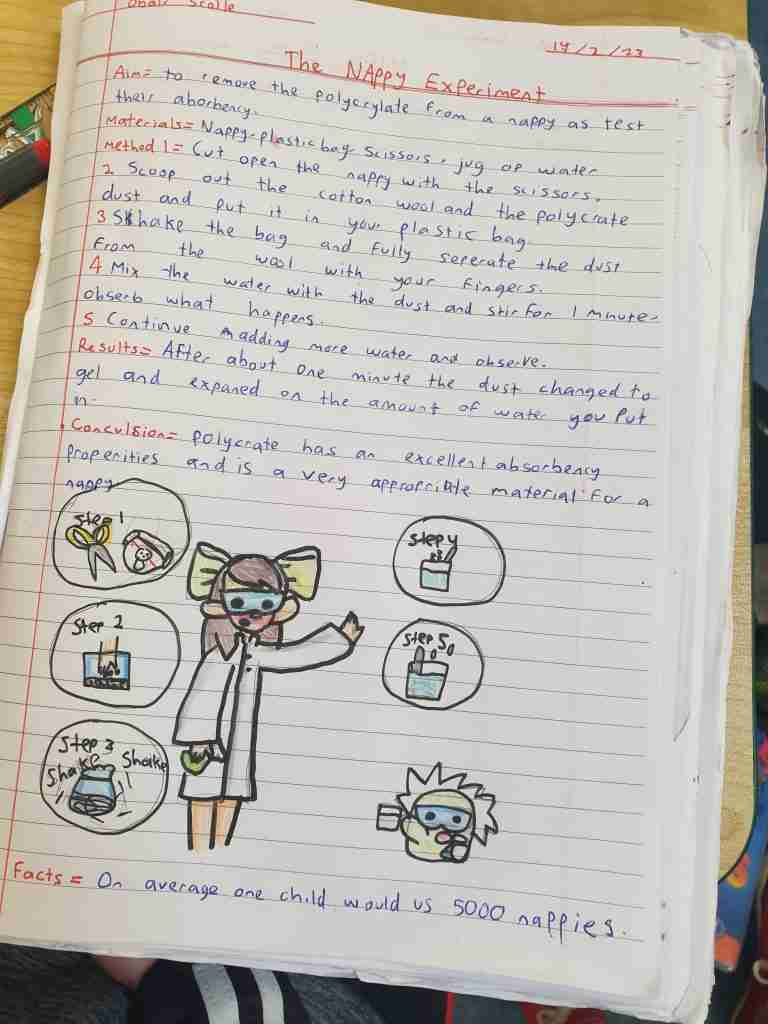
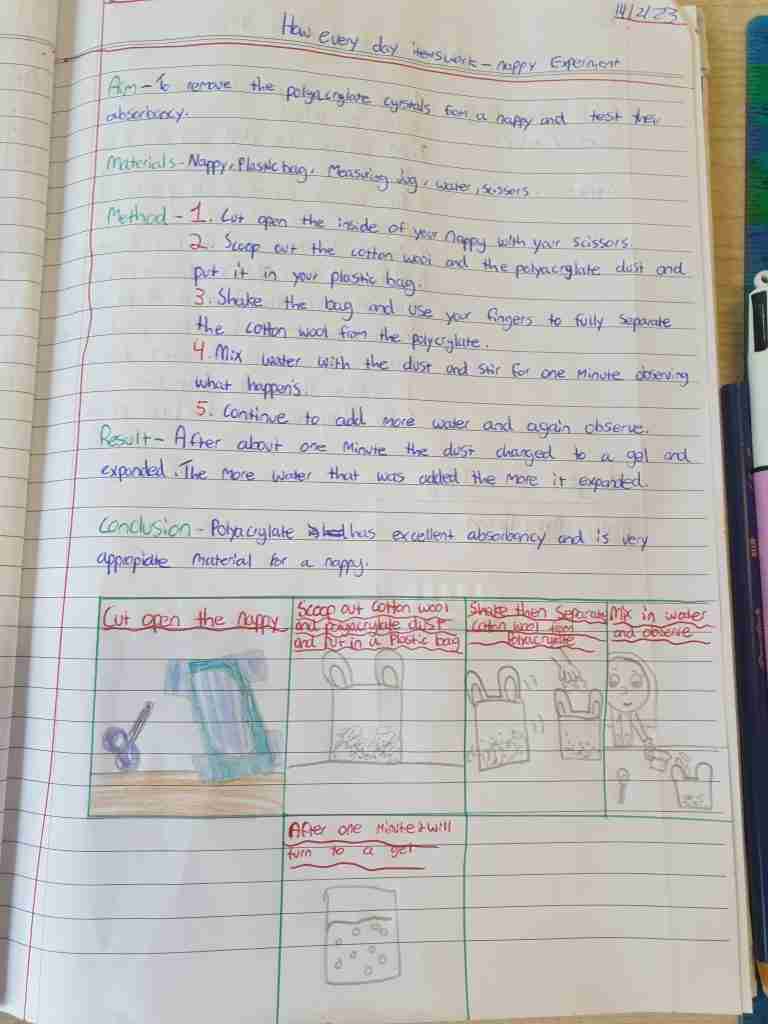

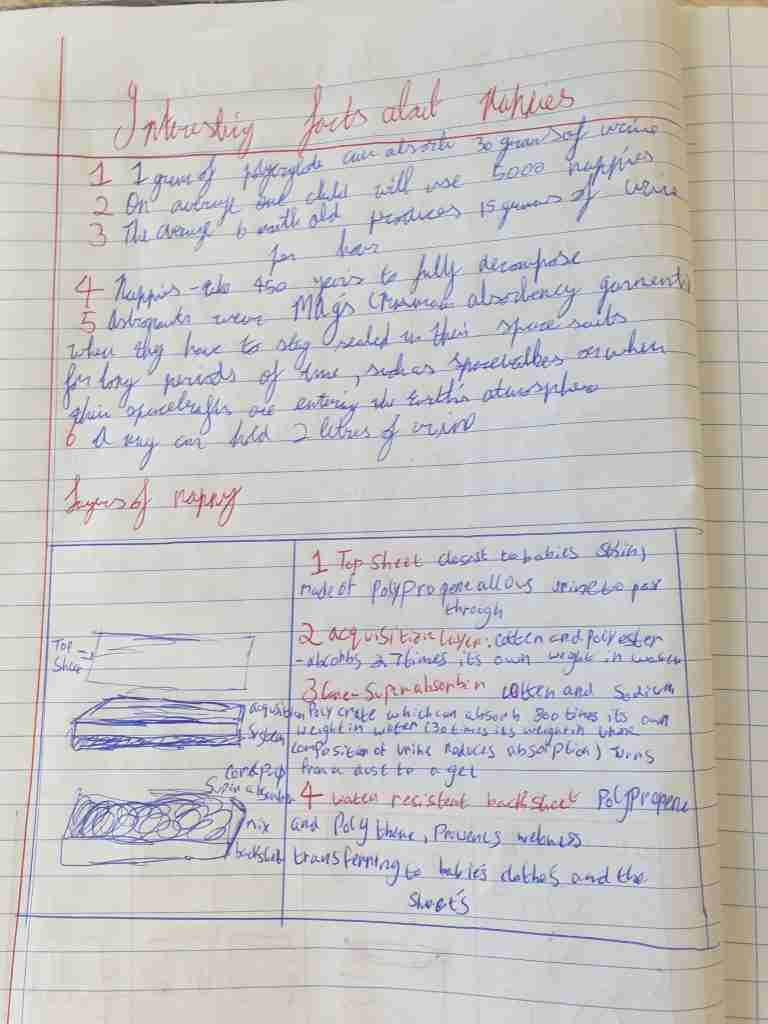
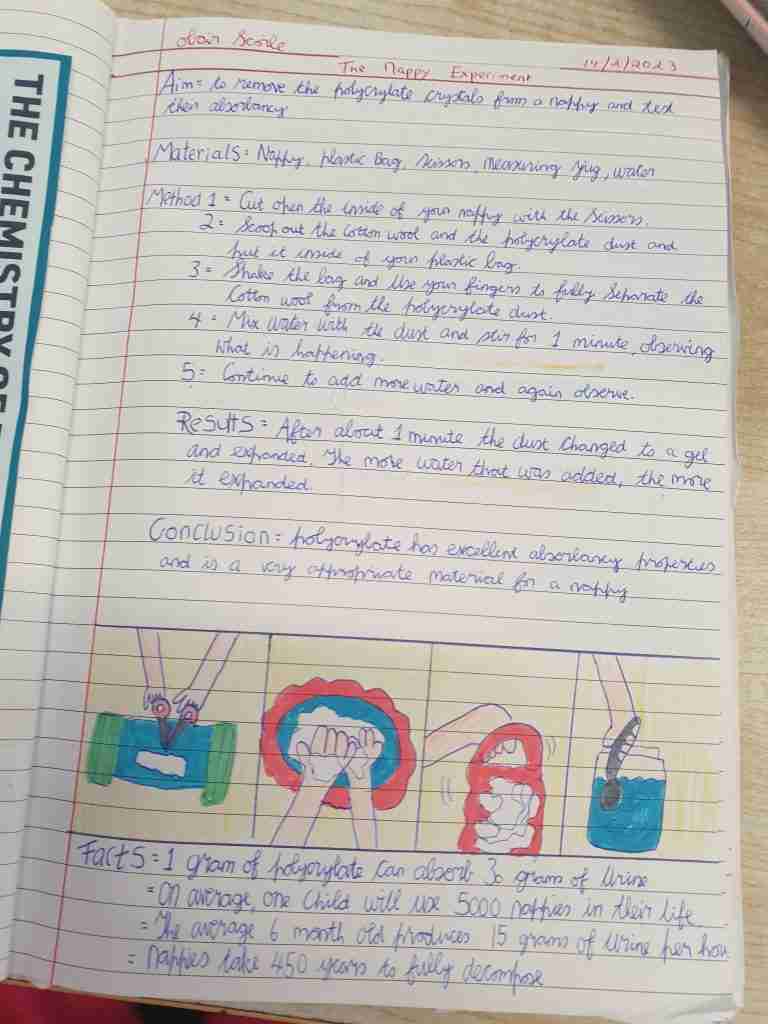
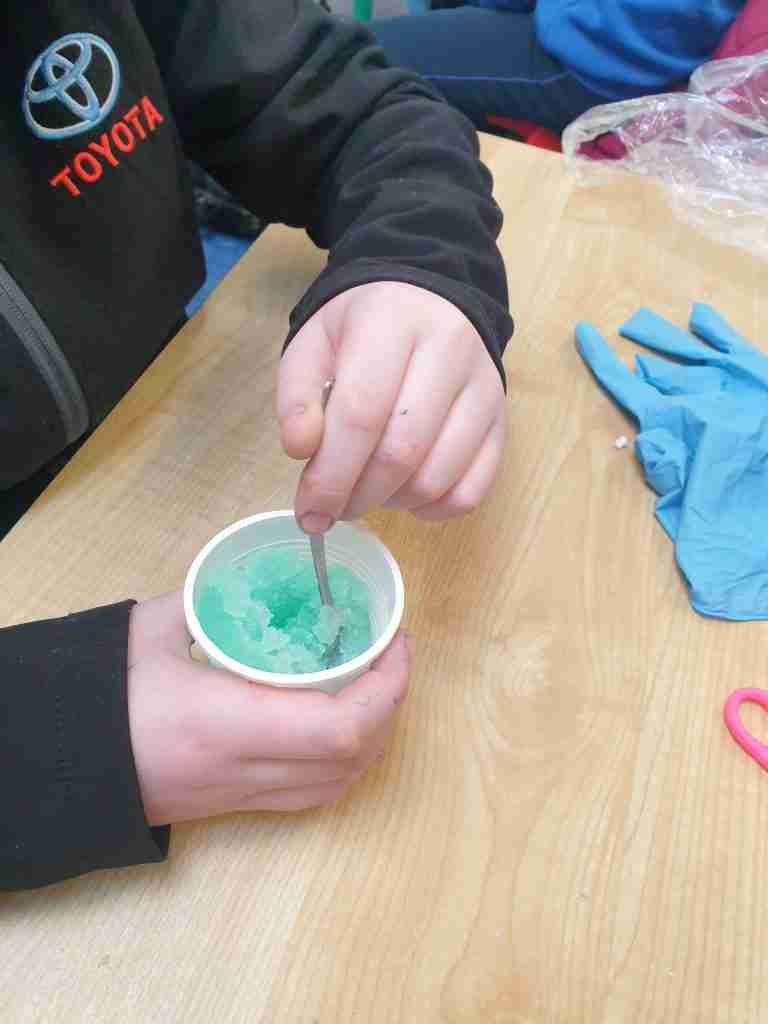
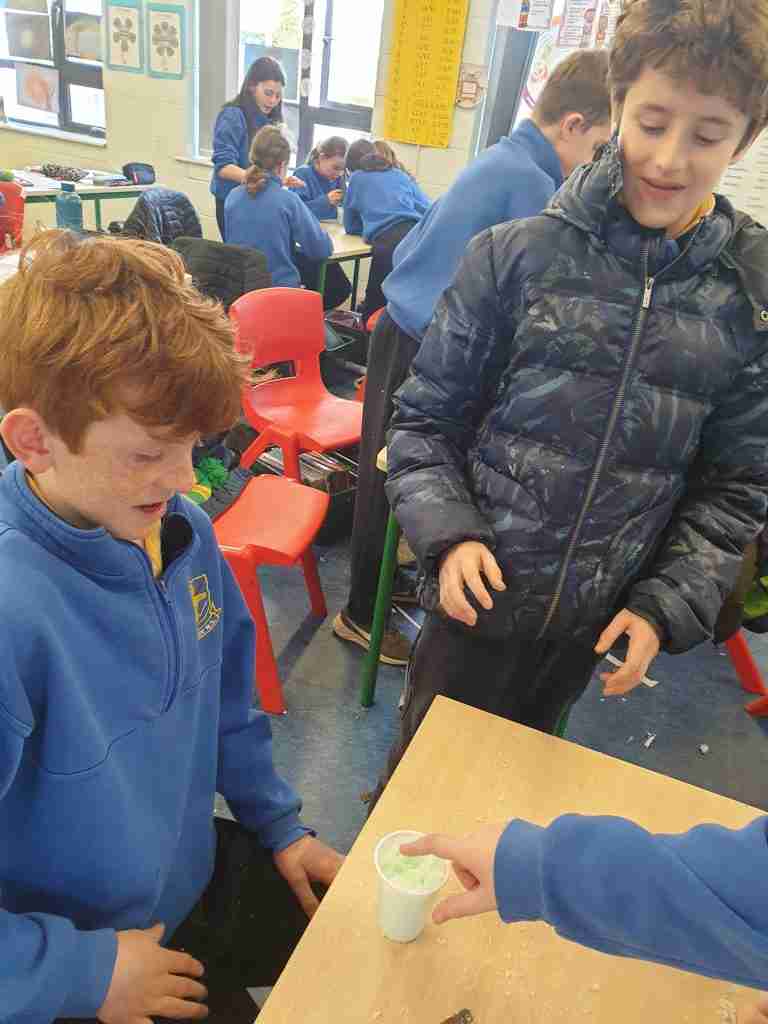
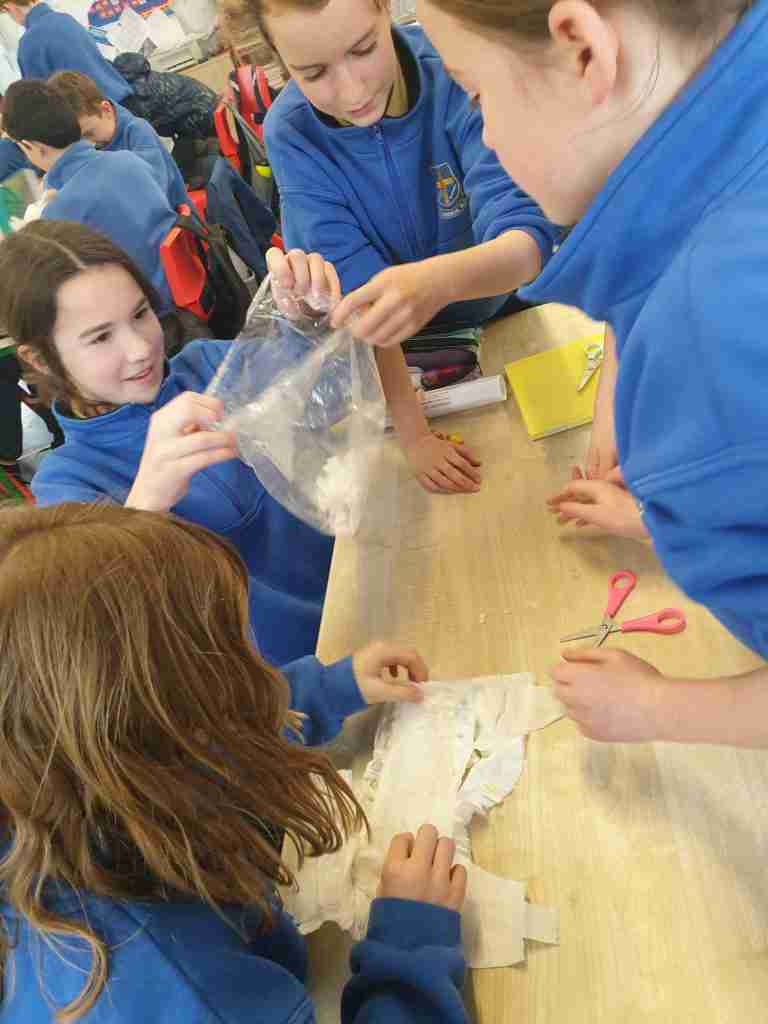
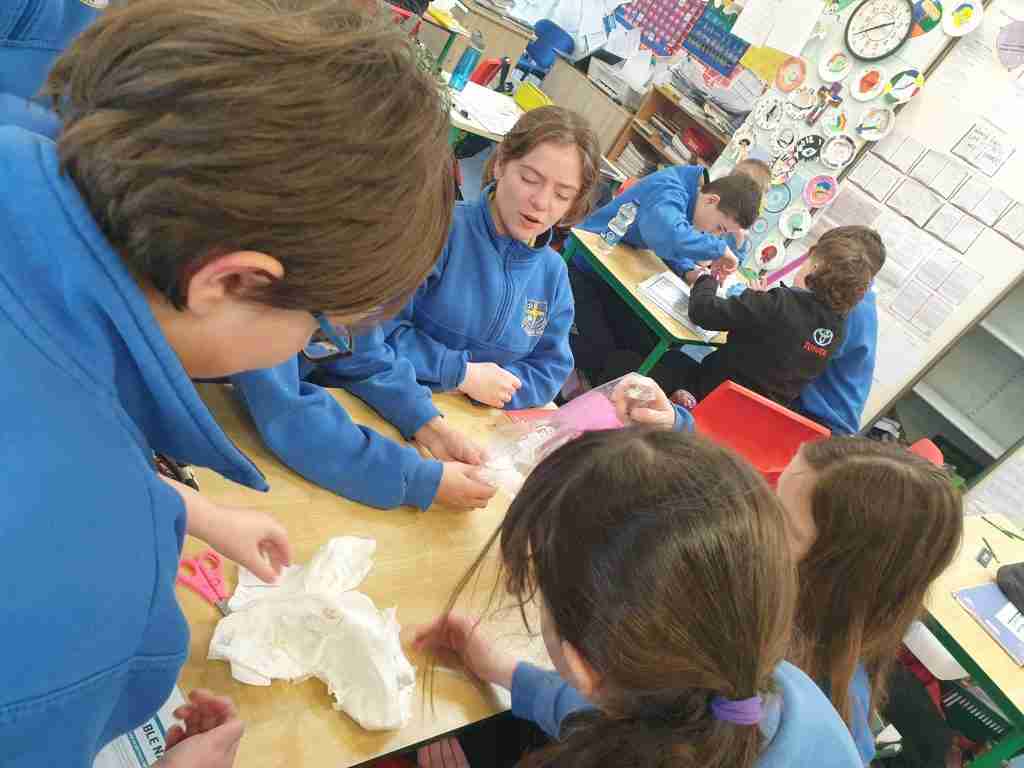
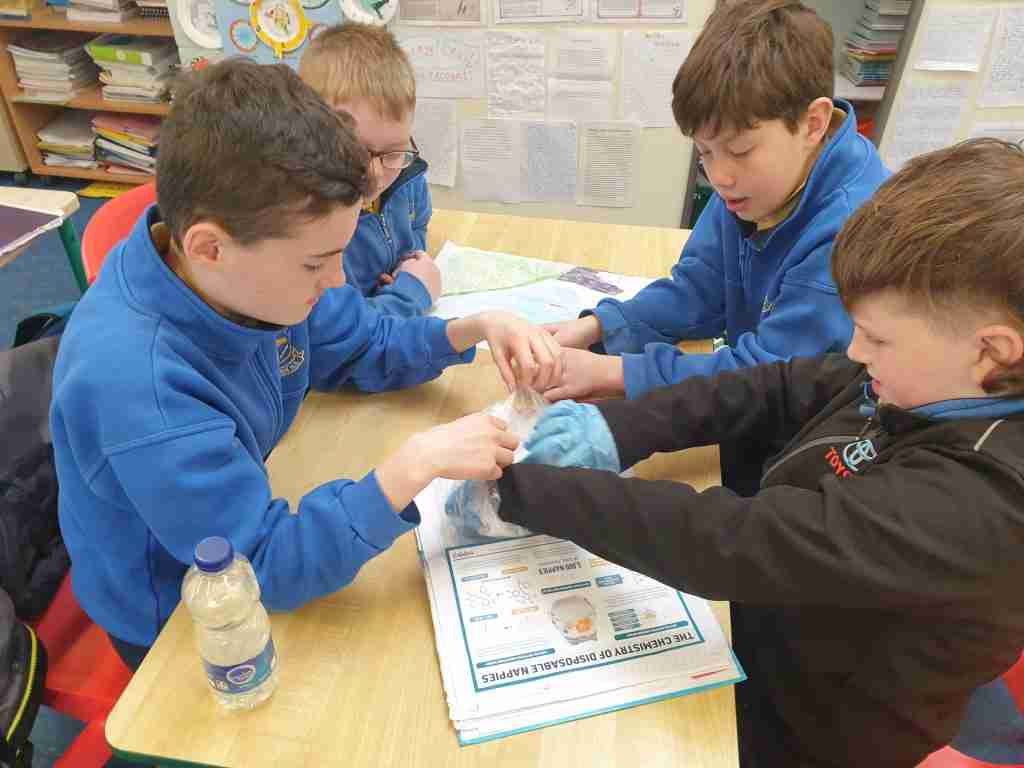

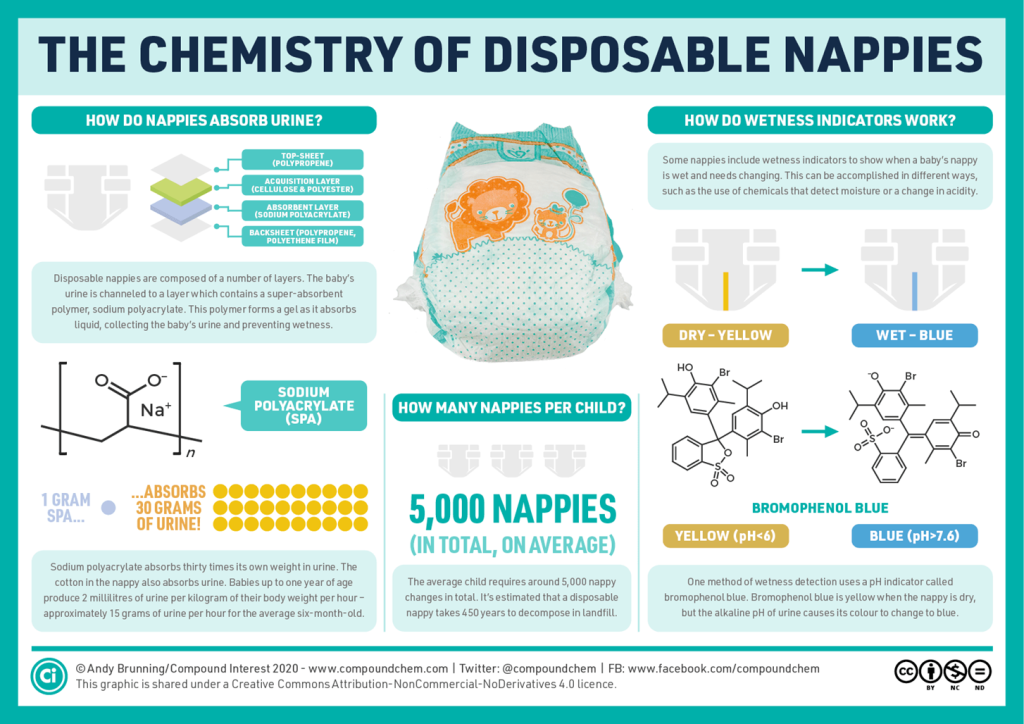
4th and 5th class investigated how to design and make a boat to take the maximum number of passengers with the given
materials.
Experiment: To design a boat
Aim: To design a boat to take the maximum number of passengers with the given materials
Materials: Play-Doh, beads/pegs, bowl, water
Activity: -For fair testing give each group the same amount of Plasticine.
-First roll the Plasticine into a ball and put it into the water.
-What happens? (It sinks).
-Now see if they can get it to float.
-Once they have it floating can they get it to take some ‘passengers’ (beads)?
-Can they alter the shape so that the boat will take more ‘passengers’ before it sinks?
-Whose boat takes the most ‘passengers?
Result: The best boat design had thin, even sides and was more conical in shape. This design also held the most passsengers.
